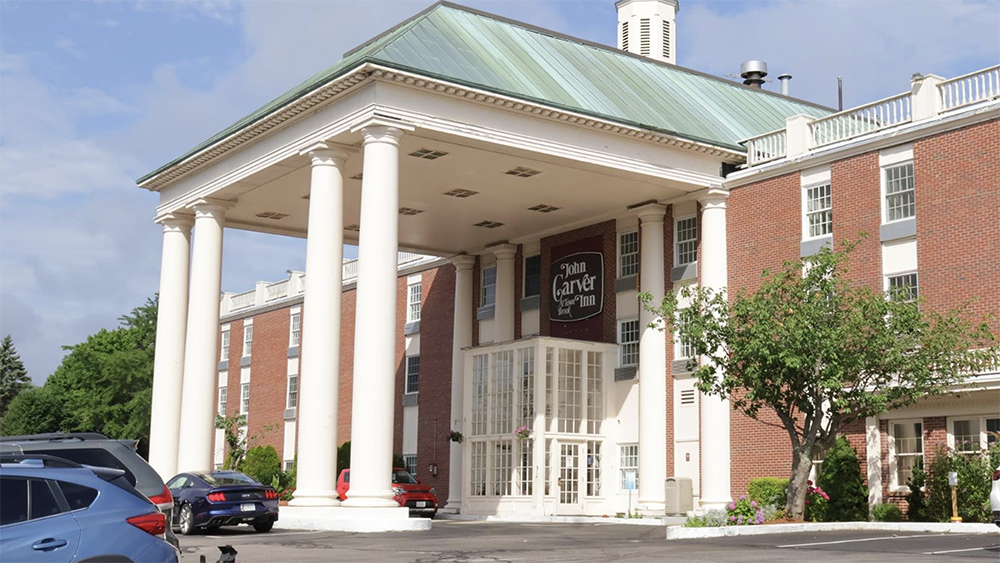Follow-up to SJC decision on GHG emissions limits - by Susan Bernsteihn
 Susan Bernstein, attorney at law
Susan Bernstein, attorney at lawIn May of this year, the Massachusetts Supreme Judicial Court (the SJC) ruled that the state’s Global Warming Solutions Act (the Act) required the Massachusetts Department of Environmental Protection (MADEP) to impose a limit on greenhouse gas emissions (GHG), limit the aggregate emissions released from each group of regulated sources, set emissions limits for each year, and set limits that decline on an annual basis, all in order to meet the requirements of §3(d) of the Act. The SJC decision in Isabel Kain and others vs. the MADEP, has forced the MADEP to respond.
On September 16, the Massachusetts governor Charles Baker issued Executive Order (EO) Number 569 to address the SJC’s requirements. The EO directs the state’s Executive Office of Energy and Environmental Affairs to coordinate the response to the SJC’s decision by August 11, 2017 and to ensure the state meets the deadlines for emission limits enunciated in the Act.
The EO contains three substantive sections that address how the state will address the SJC’s mandate, amidst the recognition that certain sectors continue to drive the emission levels: Section 1: consult the Act’s advisory committee to recommend limits, expand strategies, work with the transportation sector, reform regional wholesale electric energy and capacity markets for clean energy, and issue a comprehensive energy plan every two years; Section 2: MADEP to promulgate regulations to ensure the Act’s 2020 emission limits are met, revise the Act’s requirements for the transportation industry to establish declining annual aggregate emission limits, place limits on emissions from natural gas, and monitor new/expanded/or renewed emissions permits and approvals; and Section 3: require the Executive Offices of Public Safety and Energy and Environmental Affairs to publish a Climate Adaptation Plan regarding climate issues, establish frameworks for both the state and local municipalities to assess the vulnerability of climate change, and update such Plan every five years.
While some may acknowledge that the existing laws and regulations have already emphasized the intention of the Act and have set in motion a framework to reduce emissions and to address these issues, the weight of the SJC’s decision will clearly result in bolstering these efforts.
Susan Bernstein is an attorney at law, Needham, Mass.
Mount Vernon Co. acquires John Carver Inn & Spa in Plymouth, MA


Selecting the right façade installation firm - by Steven Powell

IREM President’s Message: Fostering community connections during the holiday season


.png)





.png)
